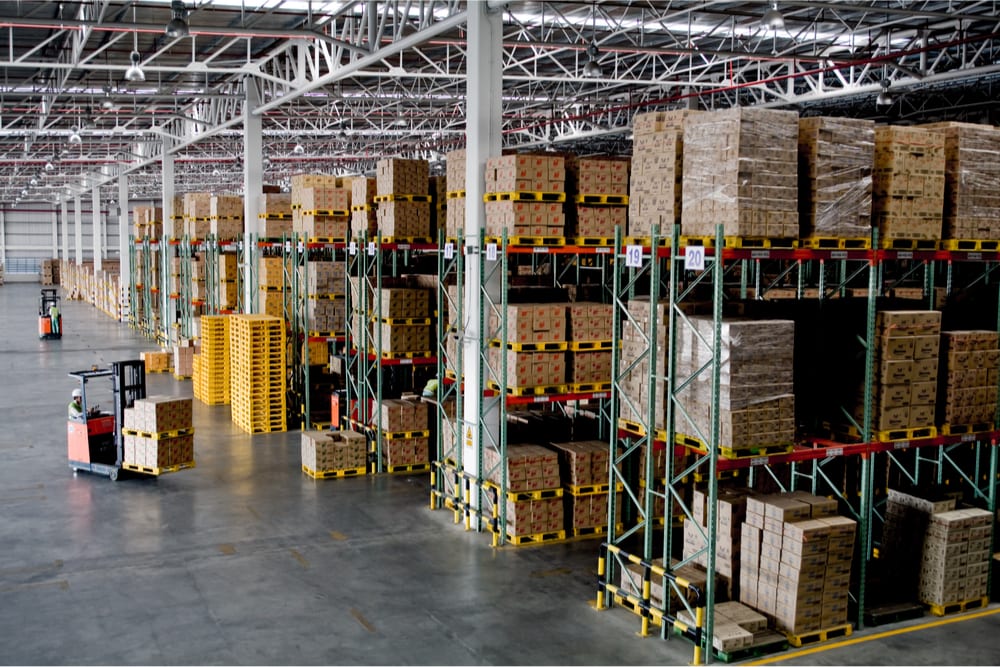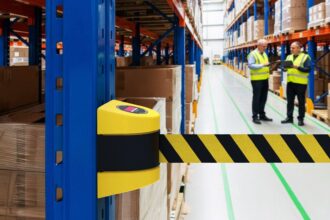People want their online orders to be precise and hassle-free in the hustle and bustle of the modern digital marketplace. At the core of this transition is a key, yet very often forgotten element: the warehouse. Warehousing isn’t a simple place to put things anymore. It is a vibrant force fueling e-commerce fulfillment growth and effectiveness. Even as the explosive growth of the global online retail is unabated. Warehouses are shifting from dead stock warehouses to tech-driven fulfillment services centers.
The Changing Role of Warehouses
In the past, warehouses have operated as big, typically dusty places where products were collected, packed and shipped. But in the era of the one click buy/next day deliver model, this model has gone out of fashion. Today, modern warehouses act as a backbone of e-commerce logistics. which helps companies to meet customers’ needs. which soar sharply, by maximizing accuracy and cost-effectiveness.
Those warehouses are now optimized for speed, scalability, and automation. Fulfillment is not simply about stocking inventory anymore. It’s about minimising the passage from the shelf to the doorway.
Technology at the Core
The biggest transformation in warehousing is the growth of automation and smart technology. Improvements in robotics and artificial intelligence are changing the way that warehouses function. For complete understanding, visit the official website of justchinait.com.
Automated Picking Systems:
AI-powered robots now traverse the aisles of warehouses, with much greater speed and accuracy than human workers can offer. These systems cut errors and rapidly increase order turnaround time.
Warehouse Management Systems (WMS):
These platforms track item inventory, flow of staff work processes, and pack and ship the orders smoothly. When using e-commerce platforms, WMS tools offer real-time updates & performance analytics.
Drones and Autonomous Vehicles:
In larger facilities, the use of the drone is for inventory tracking. which is complemented by autonomous carts that transport the goods internally. that too on a non-manual platform, hence saving human labor while increasing efficiency.
Such innovations are useful to warehouses to process thousands of orders per day even amidst peak times such as holidays or flash sale days.
Strategic Locations and Micro-Fulfillment
Location matters more than ever. To reduce delivery times e-commerce firms are opening regional fulfillment centers. Those are closer to major customer hubs. This decentralization strategy minimizes shipping distances. Also cost and support options for same day delivery.
Other firms have gone an extra mile to incorporate micro-fulfillment centers. small, well-automated warehouses within urban areas. These warehouses deal with nearby deliveries within a short period. These centers are perfect for the delivery of groceries. and essential items, a competitive advantage in last-mile logistics.
Enhancing the Customer Experience
The effectiveness of the fulfillment directly affects the satisfaction of the customer. A well-run warehouse ensures:
- Faster delivery times
- Accurate order picking and packing
- Seamless returns and restocking
In an era when life or death is in one late or wrong order, the warehouse job becomes a difference maker for e-commerce businesses.
Also, many new warehouses are incorporating eco-friendly procedures. including energy-saving lighting, waste minimization of packaging, and electric-powered transportation. consistent with increasing consumer expectations about environmental responsibility.
Challenges and Future Trends
Although fulfillment is being transformed by warehouse technology, difficulties remain. Labor shortages, real estate prices, and pressure to provide ever faster are constant challenges. Abiding by the same technology trend, businesses should continue investing in automation. data-driven insights, and flexible infrastructure to remain relevant.
Going forward, these trends include predictive inventory management. AI-driven demand forecasting and robotic swarm technologies, which will revolutionize what fulfillment becomes. Warehouses may become further autonomous. able to repurpose themselves according to real–time changes in order volumes and expected deliveries.
Conclusion:
The e-commerce boom has transformed warehouses. from mere storage pits into digital retail’s central nervous system. Accepting technology, tweaking logistics, and maxing out customer satisfaction. Also modern warehouses are more than keeping up with demand; they’re leading the future of online commerce.
Consumers still demand speedier, smarter, and more sustainable service. The warehouse will always be the hidden powerhouse of any well-established e-commerce brand.

















